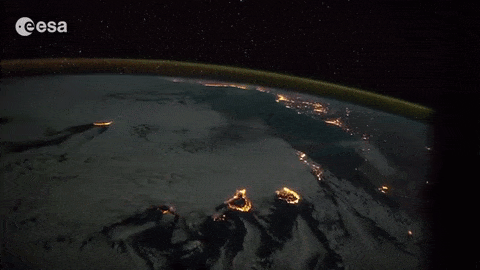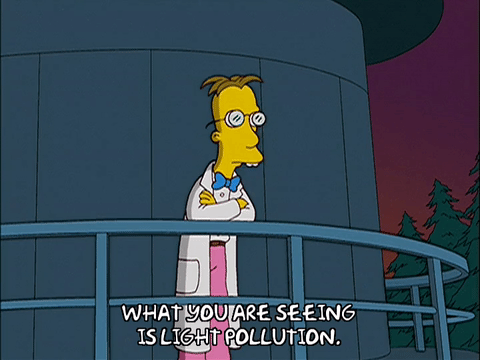Hmm, 500km orbit? Seems like a weird choice, why not GEO?
Because focusing light you don't have on such a small area is even more impossible at 50000km.
On the other hand, it would mean that the satellites wouldn't be moving at ridiculous speed and have only about an hour more of sunlight than the area they're trying to illuminate.
OK, let's do some napkin maths with numbers from [sedation needed]. We have around 1361W/m² total irradiance at the top of the atmosphere, not all of which is useful visible light, and want to light up 50km². Now let's say that we want 1W/m² of that to hit the ground and don't have an atmosphere to deal with that would eat a lot of that. We are looking at a perfect(!) mirror surface of around 37000m², or a circle of around 210m diameter. (Just for the heck of it, let's say that we could get 500W/m² of visible light hitting the ground out of that and we're well above 300m.) But of course that's only valid for the fraction of a second when the satellite is straight over the target and gets a lot worse as it continues in its orbit, to return in that perfect position... later to provide full output without inconvenient shadows. Ask Scott Manley how often that particular combination would happen when the target area is already in the dark, but the satellite is perfectly overhead in the very short window where it would
still be in the light.
I love those obviously idiotic ideas.




